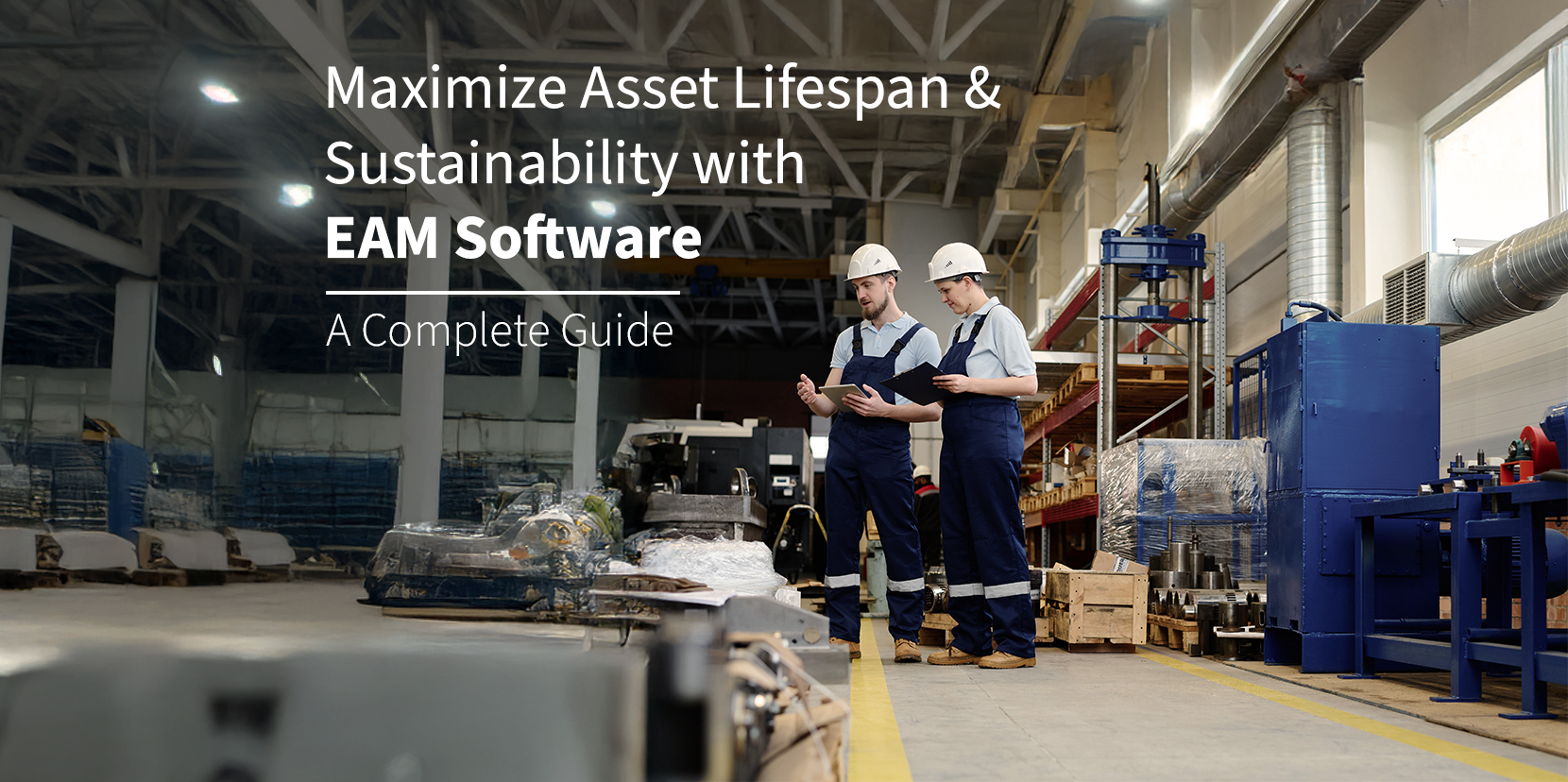This EAM software guide explores how Enterprise Asset Management (EAM) software serves as a vital tool for organizations, enabling them to track, maintain, and optimize critical assets throughout their lifecycle. By shifting from reactive fixes to preventive maintenance, EAM software enhances uptime, reduces costs, and supports sustainability goals. eFACiLiTY®’s Enterprise Asset Management solution takes this further, empowering enterprises to plan maintenance proactively, extend asset lifespans, and foster more sustainable operations.
Why Does Asset Lifecycle Management Matter in EAM Software?
Organizations today manage thousands of critical assets — HVAC systems, production equipment, IT infrastructure, and more. Without centralized visibility, teams face challenges like:
- Frequent unplanned breakdowns affecting operational continuity
- Inefficient maintenance cycles leading to higher costs
- Energy wastage due to poorly maintained assets
- Difficulty tracking asset lifecycle and depreciation
- Growing pressure to meet ESG and sustainability targets
An enterprise asset management solution like eFACiLiTY® addresses these issues by consolidating asset data, automating maintenance schedules, and ensuring timely interventions — enabling smarter, cost-effective decisions. An effective EAM software guide can help organizations choose the right platform to meet these needs and improve their operations.
What Are the Key EAM Software Benefits for Sustainable Operations?
Proactive Maintenance for Maximum Uptime
Unplanned equipment failure impacts business performance and customer satisfaction. eFACiLiTY® simplifies preventive maintenance with EAM by automating service schedules and timely inspections based on asset usage and condition. This approach reduces unexpected downtime and extends asset lifespan.
Centralized Asset Lifecycle Management
From procurement to decommissioning, eFACiLiTY® offers a unified view of every asset. It tracks performance, warranties, maintenance history, and depreciation, giving decision-makers the insights needed to prioritize replacements or upgrades strategically. This is key to asset lifecycle management using EAM software.
Optimized Resource Utilization
By integrating maintenance planning, spare parts tracking, and energy consumption monitoring, eFACiLiTY® ensures resources are allocated efficiently. This drives cost savings while improving operational reliability. These benefits highlight the EAM software benefits in maximizing asset performance.
How Does EAM Software Help Achieve Sustainable Asset Management?
With enterprises under increasing pressure to meet ESG and energy efficiency targets, EAM software plays a crucial role in driving sustainable asset management. By optimizing maintenance, improving energy utilization, and simplifying compliance reporting, eFACiLiTY® helps organizations integrate sustainability into everyday operations.
- Reducing Energy Wastage: Regular servicing and monitoring ensure equipment runs at peak efficiency.
- Supporting Preventive Maintenance: Well-maintained assets consume less energy and operate reliably.
- Extending Asset Lifespans: Fewer replacements reduce manufacturing-related environmental impact.
- Simplifying ESG Reporting: eFACiLiTY® captures and organizes sustainability-related metrics, enabling better compliance with regulatory frameworks.
By embedding sustainability into asset management, enterprises achieve long-term operational efficiency while meeting corporate responsibility and ESG goals. This is where digital asset lifecycle management with EAM software plays a pivotal role in supporting sustainable operations.
Key Takeaways
- An EAM solution maximizes asset performance and reduces downtime.
- eFACiLiTY® supports preventive maintenance and centralized lifecycle tracking.
- Integrates sustainability into asset management for better ESG compliance.
- Optimizes energy use and resource allocation for cost-efficient operations.
- Ideal for multi-location enterprises managing diverse critical assets.
FAQs
An EAM software guide explains how enterprises can manage, track, and optimize assets effectively. It highlights strategies like preventive maintenance, lifecycle management, and sustainability planning to improve performance, reduce downtime, and achieve cost-efficient operations.
By using preventive maintenance schedules, asset health monitoring, and centralized lifecycle management, EAM software helps enterprises reduce breakdowns, extend equipment life, and ensure cost-efficient, sustainable operations.
An EAM solution minimizes energy wastage, extends asset lifespan, improves operational efficiency, and simplifies ESG reporting — enabling organizations to align with global sustainability goals.
Industries with large-scale asset operations gain the most value from EAM software, including manufacturing, healthcare, transportation, utilities, oil & gas, real estate, and facility management. EAM helps these sectors improve uptime, streamline maintenance, and manage complex asset portfolios.
While both manage maintenance activities, EAM (Enterprise Asset Management) offers a broader, enterprise-wide focus. It goes beyond scheduling work orders by handling asset lifecycles, multi-location management, sustainability tracking, and integration with ERP systems. CMMS focuses primarily on maintenance task management.
Yes. Modern EAM software like eFACiLiTY® enables centralized asset tracking, maintenance scheduling, and performance monitoring across multiple facilities and locations. This ensures consistency, transparency, and efficiency for enterprises managing distributed operations.
As enterprises navigate rapid digital transformation, asset management is no longer just about maintenance — it’s about driving efficiency, ensuring sustainability, and building future-ready operations. eFACiLiTY® Enterprise Asset Management empowers organizations to maximize asset performance, extend lifecycles, and deliver long-term business value.









